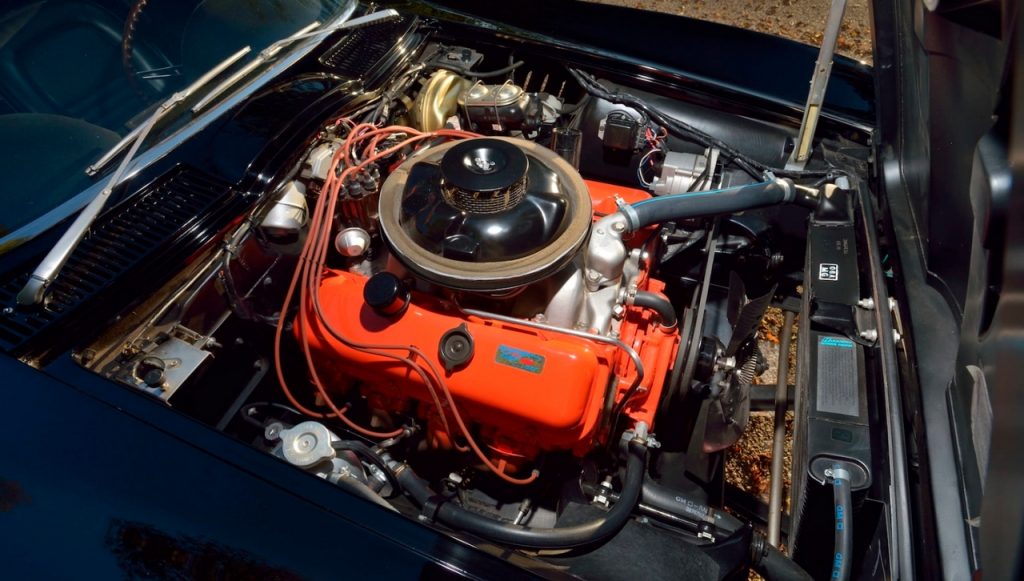1967 – 1969 (427CI) L88 Engine Ultimate Guide
There is certainly no shortage of storied engines to have found a home underneath the Corvette’s hood. In fact, the continual evolution of the Corvette’s subsequent powerplant offerings is virtually as all-encompassing as the development of Chevrolet’s flagship model itself. However, a handful of such engines stand out above the rest for their outright tenacity, and unyielding performance.
No list of formidable Corvette engines would be complete without including the 1967 L88. The L88 was a fire-breathing variant of GM’s 427 cubic-inch big-block lineup, which served as nothing short of a production race engine. Officially rated at 430 HP, the L88 was capable of propelling its C2 host to previously unattainable performance status.
No Subscription? You’re missing out
Get immediate ad-free access to all our premium content.
Get Started



